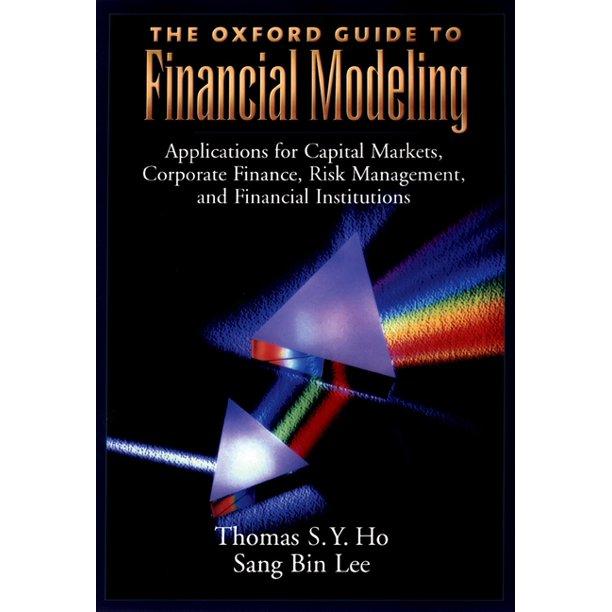Question
1) Ski and Board are two identical firms of identical size operating in identical markets. Ski is unlevered with assets valued at $ 13000 and
1) Ski and Board are two identical firms of identical size operating in identical markets. Ski is unlevered with assets valued at $13000 and has 650 shares of stock outstanding. Board also has $13000 in assets and has $3000 in debt financed at an interest rate of 8.50% and has 500 shares of stock outstanding. Assume perfect capital markets. Calculate the level of EBIT that would make earnings per share the same for Ski and Board. $ Place your answer to the nearest dollar. If applicable, your answer should NOT include a comma
2) Adams operates his $30000 firm using his own equity. Bob operates his firm with $15000 of his own money plus $15000 of debt at a cost of 12 percent interest. Calculate Adams's and Bob's return on equity if their respective businesses produce earnings before interest and tax of $5000. Assume perfect markets. Adams's return on equity: % Bob's return on equity: % Place your answer in percentage form with two decimal places. For example, an answer of eleven point five zero percent would be entered 11.50.
3) Joe owns and operates Socccer Stores of America. He has $275000 of his own money in the business as equity capital, but because of the use of debt, the total value of his stores is $900000. Calculate the percentage of debt in the corporation, and the corporation's leverage factor. Percentage of debt in the corporation= % Place your answer in percentage form with two decimal places. The corporation's leverage factor= Place your answer as a number with two decimal places.
4) MassNet Corporation has 9.85 million shares outstanding and debt with interest payments of $1.27 million. What earnings before interest and tax (EBIT) must the firm have if it were to provide $1 per share to the shareholders? Assume perfect markets. Answer:$ million Place your answer in milions of dollars with two decimal places.
5) Oak Farms is an unlevered firm with 4050 shares outstanding and an EBIT of 650. Corporate earnings are taxed at a rate of 34%. Calculate EPS for Oak Farms. $ Note: Your answer should be in dollars and cents. For example, $0.99. Suppose that Oak Farms makes a decision to partition (split) its assets into debt and equity. The firm issues $2250 of debt at a cost of 7.70%, and uses these funds to reduce the amount of equity on its books. The partition does not change the EBIT or the tax rate, but does reduce the number of shares outstanding to 3300. Compute Oak Farms EPS after the partition. $ Note: Your answer should be in dollars and cents. You Must Get Both Parts Correct to Receive Credit
6) Santos Unlimited (SU) was originally unlevered with 4600 shares outstanding. However, after a major financial restructure, SU now has $38000 of debt, with an annual interest expense of 11 percent. The restructuring has reduced the number of shares to 3000. A group of shareholders of SU are not convinced that this move towards adopting financial leverage is a good idea. Their main argument is that there is now some range of EBIT, however low, that will make the shareholders worse off than before. Help understand the situation better by computing the level of earnings before interest and tax (EBIT) that would make shareholders indifferent between being unlevered (i.e. not having any debt) and levered (i.e. having debt). Assume a 30 percent corporate tax rate. Answer: $ Place your answer to the nearest dollar without a dollar sign or a comma (if applicable).
Step by Step Solution
There are 3 Steps involved in it
Step: 1

Get Instant Access to Expert-Tailored Solutions
See step-by-step solutions with expert insights and AI powered tools for academic success
Step: 2

Step: 3

Ace Your Homework with AI
Get the answers you need in no time with our AI-driven, step-by-step assistance
Get Started


